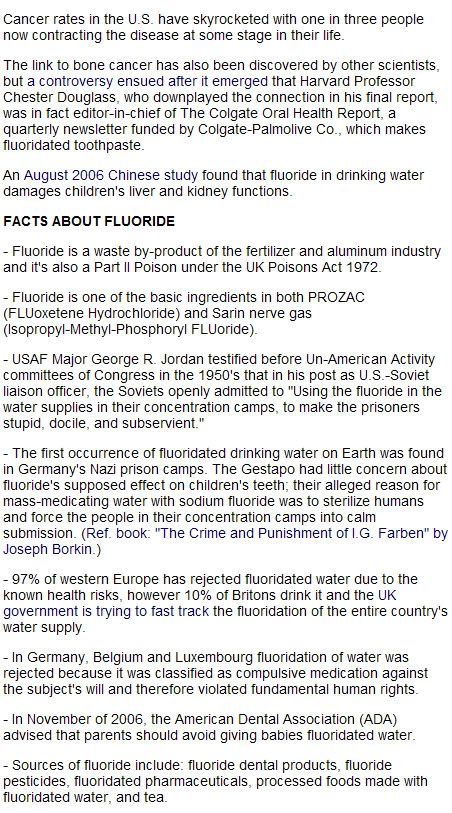While smoking marijuana is never good for the lungs, the active ingredient in pot may help fight lung cancer, new research shows.
Harvard University researchers have found that, in both laboratory and mouse studies, delta-tetrahydrocannabinol (THC) cuts tumor growth in half in common lung cancer while impeding the cancer’s ability to spread.
The compound “seems to have a suppressive effect on certain lines of cancer cells,” explained Dr. Len Horovitz, a pulmonary specialist at Lenox Hill Hospital in New York City.
According to the researchers, THC fights lung cancer by curbing epidermal growth factor (EGF), a molecule that promotes the growth and spread of particularly aggressive non-small cell lung cancers. “It seems to go to (EGF) receptor sites on cells and inhibit growth,” said Horovitz, who was not involved in the study.
The findings are preliminary, however, and other outside experts urged caution.
“It’s an interesting laboratory study (but) you have to have enough additional animal studies to make sure the effect is reproducible and to make sure that there are no overt toxic effects,” said Dr. Norman Edelman, chief medical officer of the American Lung Association. “It’s a little more than tantalizing because it’s a compound that we know has been in humans and has not caused major problems.”
The findings were to be presented this week at the annual meeting of the American Association for Cancer Research (AACR) in Los Angeles.
Lung cancer is the number one cancer killer in the world. Lung tumors that over-produce the EGF receptor tend to be extra-aggressive and don’t respond well to chemotherapy.
THC is the main active ingredient of Cannabis sativa –marijuana. It has been shown to inhibit tumor growth in cancer, but specific information on its action against lung cancer has so far been limited.
In the new study, the researchers first showed that two different lung cancer lines, as well as samples from patient lung tumors, produced the cannabinoid receptors CB1 and CB2.
Endocannabinoids — cannabinoids produced naturally in the body — are thought to have an effect on pain, anxiety and inflammation when they bind to cannabinoid receptors.
Next, the researchers injected standard doses of THC into mice implanted with human lung cancer cells. After three weeks of treatment, tumors shrank by about 50 percent in animals treated with THC, compared to those in an untreated control group, the researchers reported.
The findings may shed light on a question that has been puzzling Horovitz: Why hasn’t there been a spike in lung cancer in the generation that smoked a lot of marijuana in the 1960s.
“I find it fascinating, wondering if the reasons we’re not seeing this spike is that THC inhibits lung cancer cells,” he said. “It would be very ironic, although you certainly wouldn’t tell somebody who smoked cigarettes to add marijuana.”
A second set of findings presented at AACR suggested that a viral-based gene therapy could target both primary and distant tumors, while ignoring healthy cells.
When injected into 15 mice with prostate cancer, this “smart bomb” therapy eliminated all signs of cancer — effectively curing the rodents. Researchers at Columbia University, in New York City, said the therapy also worked in animals with breast cancer and melanomas.
And in a third hopeful trial reported at the meeting, German researchers at University Children’s Hospital, in Ulm, said they’ve used measles viruses to treat brain tumors. In mouse experiments, the virus attached to the tumor from the inside out, the team said.
(HealthDay News)
http://www.healthrelatedinfos.com/
2007/04/17/
marijuana-compound-may-fight-lung-cancer.html
http://cancerlikehell.blogspot.com/
http://meso-center.blogspot.com









